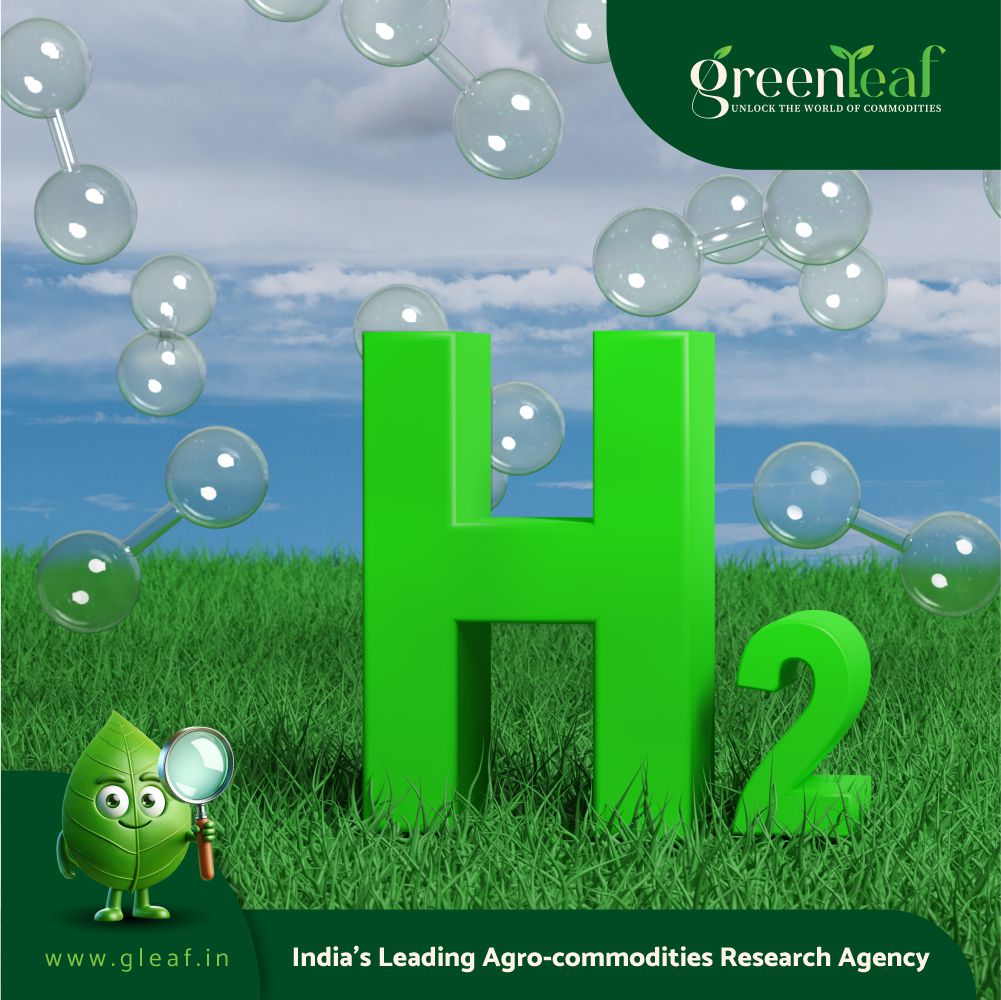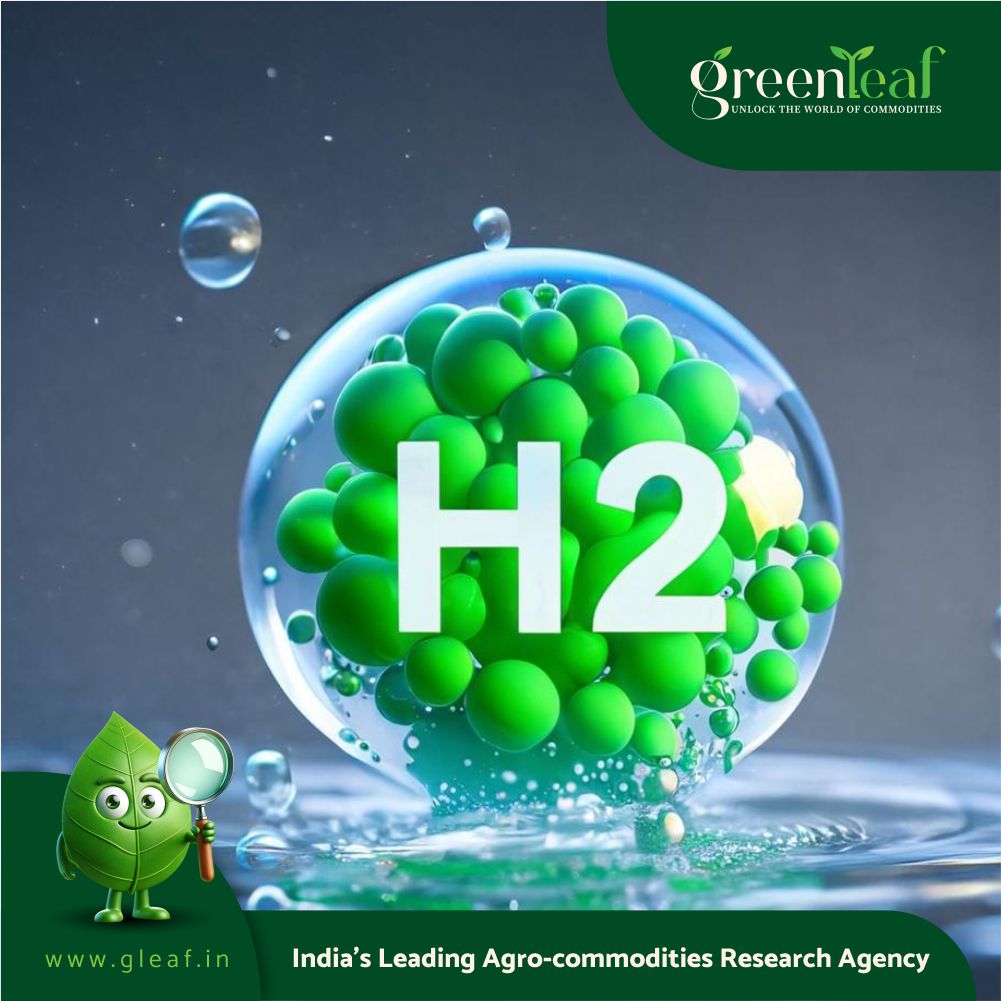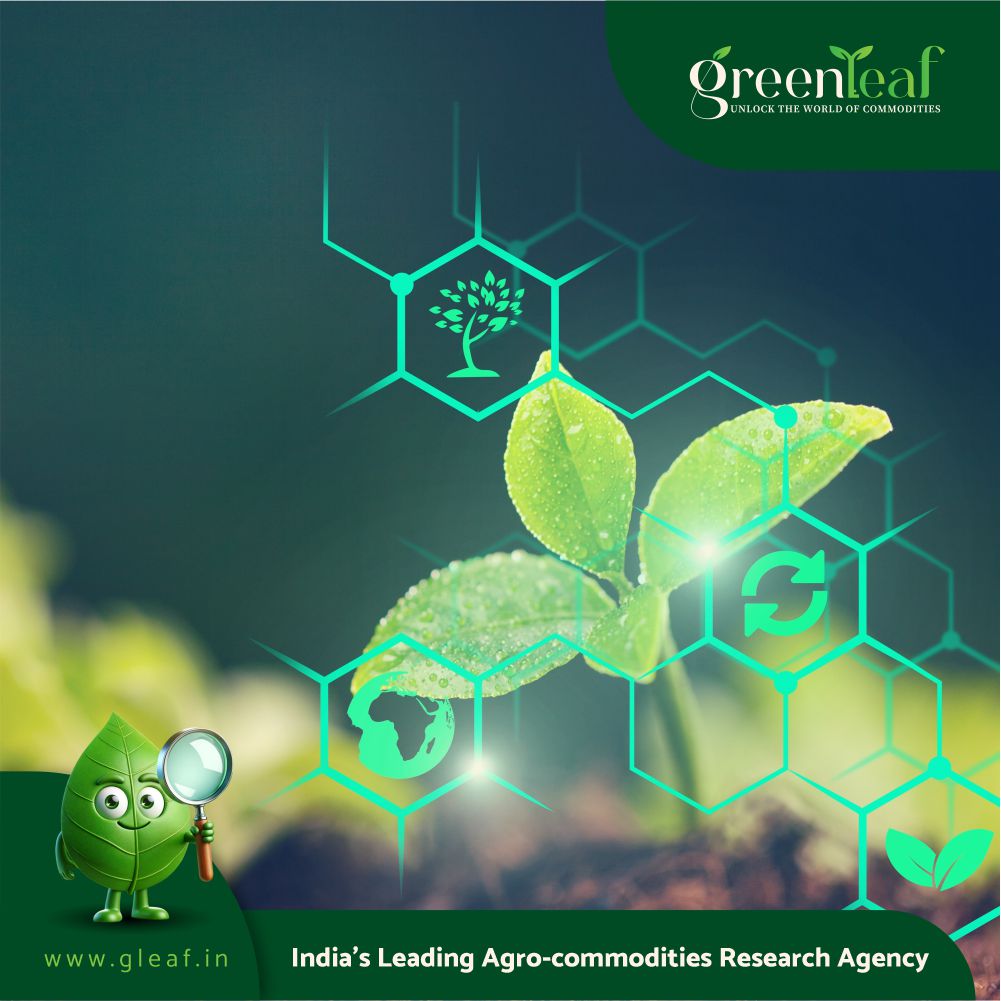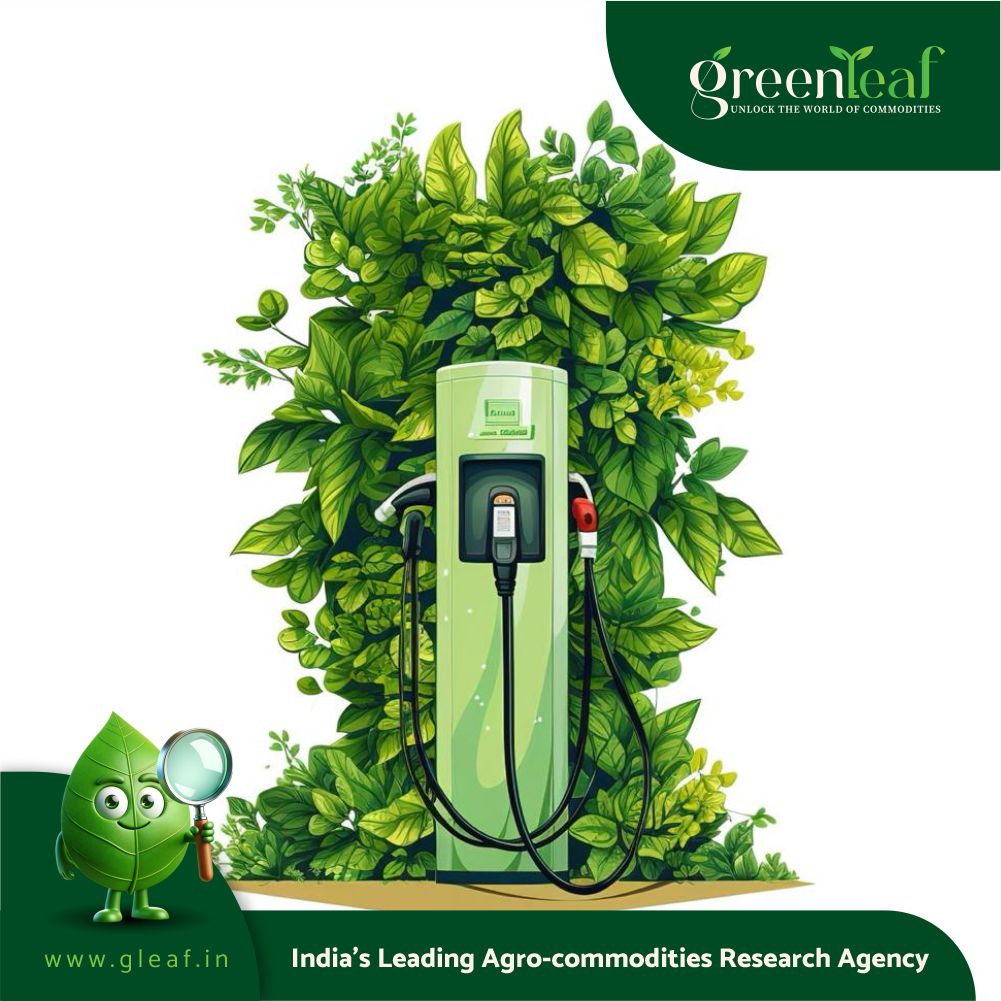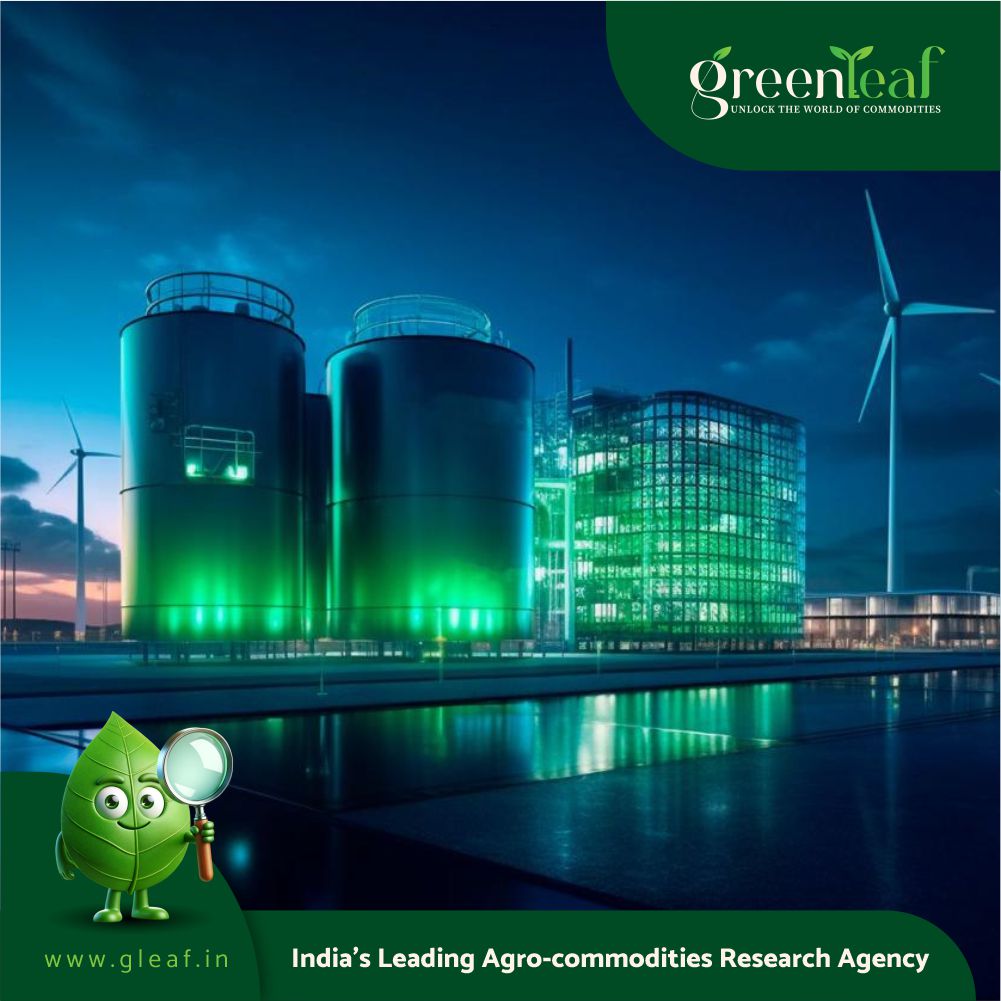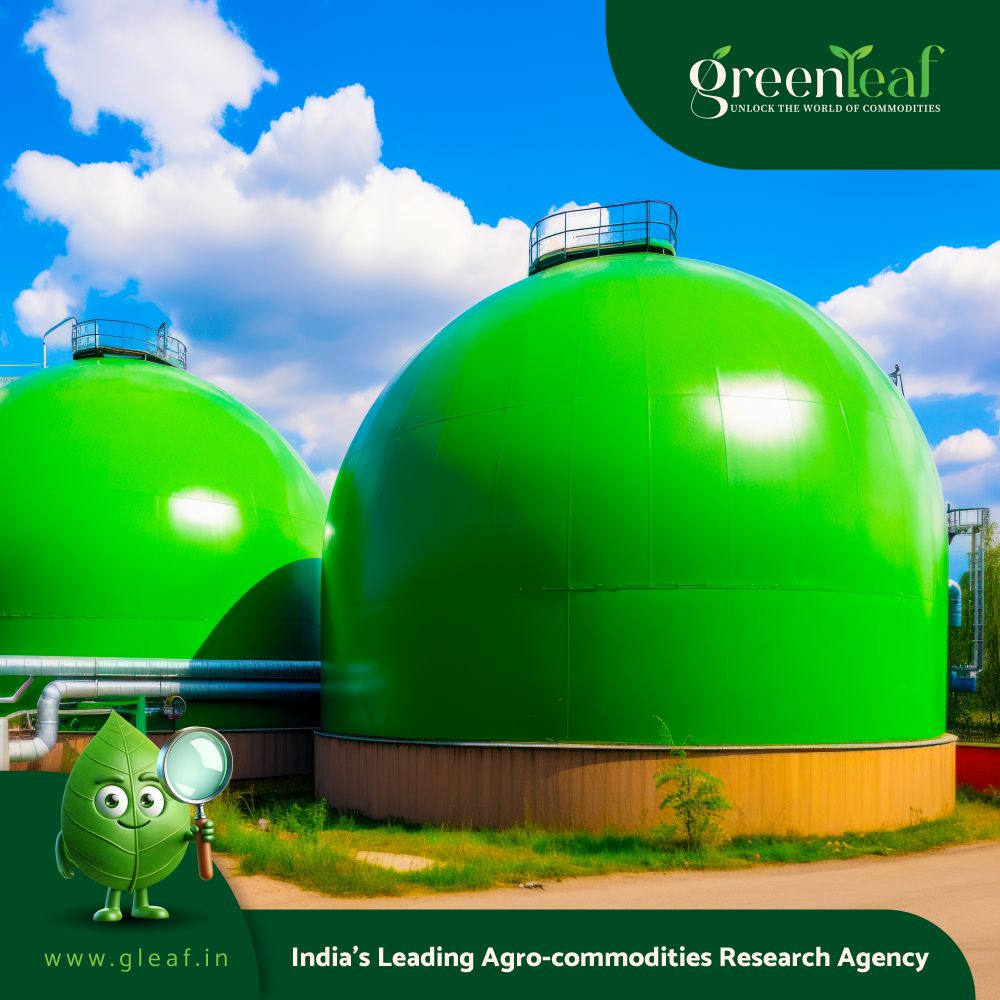Hardeep Singh Puri, Minister of State for Petroleum and Natural Gas, provided a comprehensive overview of the current energy landscape, at the India Energy Transition Summit. The minister welcomed the recent fall in crude oil prices and OPEC's decision to avoid further production cuts, which provide relief to major oil-importing nations like India.
Puri also underscored the government's commitment to sustainable energy, emphasising advancements in green hydrogen, and noting its potential as a key fuel. He outlined the necessity of scaling up production to drive down costs.
Here are the verbatim excerpts of the interview.
Q: Let me start by asking you about the crude markets. We have seen an almost 7-8% drop just this week, which bodes well for economies like India. Does that make you a relieved man given the fact that there is so much volatility and uncertainty, but crude is heading lower and the expectation is it will remain lower given the fact that OPEC and OPEC plus have decided now not to go in for the production cuts?
A: Whilst international prices have indeed remained steady and declined, I wouldn't say appreciably because there is a part of me, as I happen to be the minister of a country that is dependent on imports up to 88%, which says that they should come down further. But then there are parts of me like two of the companies, ONGC and Oil India Ltd, who were telling me the other day that it has fallen very low. But it's a very complicated world out there.
What I look for, and that's where my relief comes, is that amid global turbulence and there's no shortage of that. The ongoing military operations between the Russian Federation and Ukraine, the fairly high levels of tension between the states of Israel, Iran and the Middle East region, and in general, periodic attacks by non-state actors. Why is it that despite all that, prices have remained steady and declined?
The market factors in all this already, but the real issue is the economic situation in the world's second-largest economy. If you have a $19 trillion economy, it's ultimately demand and supply. And I was very encouraged by your reference just now to OPEC having decided not to undertake production cuts.
We had a daily production of 102 million barrels per day. They reduced their production by 5 million. I have seen statements by OPEC plus to the effect that they will unwind those production cuts. Now I am on your side. If after the drop in oil prices will they still, and I am not tempting anybody, but I would like to see because they've told me at a bilateral level that they will unwind. There are two things that I am interested in: there is more oil in the market available, and there is no shortage of availability. The price levels are maintained essentially on account of artificial holding back. If the total amount of oil which is available in the world is allowed to be available, then I think we would be in a slightly more comfortable situation.
We have so far navigated the terrain reasonably well. We have ensured availability on that, there's no doubt. We have ensured affordability and we have managed a fairly significant green transition on all fronts.
Q: Let us talk about the energy transition, and the first decision taken by the cabinet in the third term of the government, was the solar rooftop scheme that the Prime Minister announced and it got the cabinet nod. It's very clear that this continues to be an area of priority for the government, both in terms of bandwidth as well as in terms of government resources. Now lay out for me what you believe have been the major milestones achieved so far in terms of targets that the government is working towards and what you believe the priorities now need to be.
A: First of all, on the balancing act, make no mistakes, I am on the side of lower prices of oil. Because if you are 88% dependent on imports, obviously the interests of one or two companies, they are my friends, both in the public sector and the private sector, their interests will be second. If the prices come down further, as a country, we benefit, number one.
Number two, the green transition, you mentioned the solar rooftops is very significant. That is a scheme which is very dear to the Prime Minister, but it's one of many steps that he has taken. When he assumed responsibility in 2014, our total biofuel blending was 1.53%, if I remember correctly. Today, last month, I think we did 15.8%. We are today, in terms of biofuel blending, the second largest economy after Brazil. We have overtaken the United States in terms of sheer volumes because of our population base. By the way, 67 million people go to fill up at the retail stations every day. Now, 67 million people, which means if your blending target is 20% by the ethanol year ending October 2025, which is one year from now, we have already saved ₹99,000 crore on foreign exchange, we have given our farmers money, so it's a conversion, you are turning the providers, your annadattas, are also becoming urjadattas. They are becoming providers of it. There are a lot of things going on.
Biofuels, the feeds are increasing, earlier it was just sugar and sugarcane juice-based. Today you have got agricultural waste, parali, you are making it from bamboo, we are going to start very soon, you are making biofuels from industrial gases, third generation, hopefully very soon. Compressed biogas, you are increasing the feed, maize has become a very important feedstock for biofuels. At the heart of all this, apart from, whenever you are talking about sustainability, you are talking about the impact on the individual consumer.
Now, if you have moved from, say, natural gas or cylinder gas, there is a difference. Cylinder gas is made from crude oil and refineries, etc. Natural gas comes from the earth's surface. Today we have 33 crore total LPG connections in the country. Out of those 33 crore connections, we have 10 crore 35 lakh Ujjwala connections. We were calculating the cost of cooking medium, that is through the cylinder for one family in a day and if you are a beneficiary of the Ujjwala connection and you are getting the cylinder at ₹500. Let us say for calculation, then one family's cooking expenditure per day is a little over ₹5 which is 7 cents, and if you are a non-Ujjwala beneficiary if you are a normal cylinder user, it is I think about ₹12, which is about a little about 14 cents or so, depending on the dollar exchange rate where in the world. If you have piped gas, then you are already 30% cheaper than that. Where in the world has a government, a democratically elected government, ensured this movement away from cooking on kerosene, coal, wet wood, and all in the span of 10 years.
When my friends in the opposition make a political point about humare zamane mein itne ki thi, aare tumhare zamane mein toh cylinder tha hi nahi (It was cheaper in our times. But were there cylinders in your times). I mean, we have a population of 1.4 billion. Let us say the population has remained, the total number of cylinders in 2014 were 14 crores. Today they are 33 crores and growing. Ujjwala is 10 crores, and Ujjwala, by the way, 80% of Ujjwala connections have gone to the rural areas, where the propensity to use firewood and coal is much higher than that this is one.
We have 1 crore 25 lakh piped gas connections. We have a pipeline of 22,000 kilometers, which we are going to take to 33,000 kilometers, which in effect will cover the entire country. Now, again, you see, when oil prices fall, everybody's very happy, but there are two companies which will turn around and say, no, no, but we refine, so there were some guys who are dealers in cylinder gas who will say, no, we should be a little longer, but we balance all that out.
The rooftop scheme, if you look at the basic philosophy, whom are you benefiting? You're benefiting the household, which has a rooftop solar panel. By the way, you are going to give them a subsidy to acquire the panel. Then you say you use 300 units for your consumption, and the excess that you get, you put a charging station so that you can charge your vehicle, two-wheeler, three-wheeler, or four-wheeler. The excess on top of that, you can put into the grid. Now, how is this changing the landscape? My first submission to you is that it has already changed the landscape.
Secondly, the solar top is going to do wonders in terms of the enthusiasm with which it's being received, what I see as the rollout, where are we going next? My own view is that whilst all this is being discussed, green hydrogen, which I regard as the fuel of the future, is making its impact felt.
Read Here | Exclusive | I am on the side of lower prices of oil, says Oil Minister Hardeep Singh Puri
Q: You pointed out that we have seen a big shift as far as the gas economy is concerned. On CNG specifically, given the fact that automakers now are also looking at the possibility of using CNG for vehicles beyond just four-wheelers and now on to two-wheelers. We have the first two-wheeler being launched as well. Are you looking at a significant CNG network expansion also?
A: Absolutely. First, the gas economy per se, when we decided that we were going to use or rather increase the use of gas in our energy mix from 6% to 15%, a lot of people were initially somewhat sceptical. This required an investment of about $500 billion; where is it going to come from? But as we are moving along, you see it's coming.
There was a second issue related to this which was not so often discussed. Is gas a green fuel? Is it green? We got over that very quickly because any determination of what is green is in relative terms. And everybody, I think concluded that gas is as green as you can be, but compared to cooking coal and kerosene and wet wood, it's desirable. Today, the fact that internationally, more and more gas is likely to be available, again, I am choosing my words very carefully because you don't know how the market will react. We have dealt with issues relating to pricing. Earlier we had a difficulty because we were using a formula that was based on four hubs and once every six months you did the calculation.
We changed all that, we brought it down to two, we introduced a floor and a ceiling, and today gas prices have been by and large very stable. But again, it's a commodity of which we just definitely need more immediately because you have to prioritise its availability between different competing sectors of the economy. I mean, there's compressed city gas, there's the requirement of the fertiliser sector, and a whole host of them. I am reasonably optimistic today that in the coming years, again, we are now in 2024, 2025 will certainly be a bit of a challenge. But come 2026-2027, the overall supply of gas will be there.
Coming to your question on CNG cars, I must confess in the three years that I have been here, initially, I was a little worried gas prices were going very high and I said that if some automobile manufacturers have to base their commercial decisions on how much to invest in which sector, will they pull back from CNG? And I am very happy to inform you they didn't. Today more and more CNG vehicles are coming on the market and I think the experience of anyone who has a vehicle which is not entirely fossil fuel, I mean today you have got vehicles which are electric partly and partly using petrol but I think the hybrid next generation is going to be the main thing, up to 40 kilometers the electric battery is working. After that, you will be using biofuels. Even others who are driving electric vehicles they are not just enamoured because of the novelty of it or the technology but also because of the cost of ownership.
Q: Since you are talking about electric vehicles, let me address that issue as far as electric vehicles are concerned. What we are seeing the world over today is a tapering down of the subsidies being provided to the electric vehicle space and that has certainly impacted demand. We are awaiting clarity on whether we are going to see FAME 3 in the same avatar or in a different avatar? We were expecting it to happen around the budget or post the budget. It's still taking a bit longer. Is it likely to be reshaped significantly from its previous avatar?
A: If you are talking about subsidies and money coming out of the exchequer for that, I am the wrong guy to talk to. I think you should invite one of my colleagues dealing with the subject. But let me put it this way. This is a personal view, the viability and success of any of these schemes will be real and it is real when it is viable in and of itself. It should not be dependent on a subsidy scheme because then it's a little artificial. We have done very well. We have moved from an era of generally available subsidies to more specific targeted subsidies.
When you talk of green hydrogen, the fact that ₹19,700 crore was set aside for the PLI for electrolysers is a case in point. Now, what do you need to do? I think FAME 3, it will be rolled out. What is the mechanics? What are the amounts itself, etc. I think what one needs to acknowledge is that the government has played it right. I mean, there has been a rollout, there has been encouragement, but how much more we will get into that? I am these days going through a very interesting exercise because, we have gone from a system or situation of anxiety, when I was told broken rice is not available, when I was told sugar is not going to be available. Now everything is available in abundant quantity and everybody wants a better price for this thing. Everybody will point out, how the increases have taken place, what is the formula and I, of course, jokingly tell them, hey, wait a minute, if everybody is going to get an increasing price, then I hope somebody doesn't reach the conclusion that, listen, it's cheaper for me to refine crude oil and provide petrol than to make ethanol. I am saying it in a lighter way.
But it's a very healthy system that can have this discussion at 15.9% of ethanol fuel blending. Equally with the other things, electric vehicles, international blip has taken place, I think, for a variety of factors. Some of the larger users like these mass transportation companies, I don't want to take any names, have had slight doubts because of the issues, if you have a fleet of 3,000 cars, then you look at not only the cost of running but you also look at the cost of maintenance, you look at other things. But believe me, I travel quite extensively. I think that technology changed here and when we do projections on how much fossil fuels are you going to use, let us say in 2040, everybody makes a healthy allowance for the fact that there will be alternate fuels, there will be electric vehicles, etc. The direction is there. Once the direction in terms of the trajectory is clear, occasional up and downs will be subsumed by that.
Q: Let me ask you your opinion on the comment that came in from your colleague, Mr. Gadkari, and it is something that, again, has been on the table for a long time, whether there should be disincentives for the use of diesel?
A: Mr. Gadkari is my senior colleague, he is also politically a very tall leader. I have the highest respect for him. But I think that remark, I don't want to interpret the remark, but I think I know where the remark came from. I mean, anyone who is in the transportation-related business, whether you make roads, highways, or you do that, you want to move into cleaner fuels. You want to use diesel for agriculture purposes, you want to use diesel and you want the vehicles to be more that way. I think the comment that got attention was that we will tax it out of, I don't know. But you know what, this is all, but it took just a few hours and then it was very clear. By the way, he is not the only one; a lot of people in an individual capacity have talked about it. But that's not government policy. Government policy is as it is ruled out and tell me, we all want to move into a situation where the use of fossil fuels or crude, look, with the best will in the world, I don't see it going away. I mean, I have been doing calculations.
Today we are using 88% import dependence on the amount of crude oil that we use. Let us say our domestic E&P goes up, which I am sure it will, we are making those efforts. Still, I think for the next 20–25 years, it's going to be around. Any policy predictions that we make on what we are using, will have to take that into account that that is what is going to here to stay, which means even though there are more electric vehicles, even though there are more hybrid vehicles that use biofuels and this thing. By the way, Mr. Gadkari also demonstrates the use of a hybrid vehicle. The other day I saw a Hycross Innova, which is a very good political statement to make.
Q: One of the other aspects that was being talked about, and again, that's being prioritised by the government by way of PLI schemes, etc., the battery storage aspect and the battery storage systems as well. If you can give us some sense of what we should now expect in light of the measures that have already been taken?
A: Look, I can tell you, battery storage, for green hydrogen, pump storage, you have to produce those on a large scale in order to make these kinds of fuels workable. In the case of green hydrogen, let me tell you, what you do is you take water up to a height several thousand feet and you drop it from there, you produce the electricity. That electricity then you use in order to produce green hydrogen. So it requires large acreage and the companies which are involved in it with foreign investment are setting up these three thousand acre sites along the coastline. When it comes to green hydrogen, green hydrogen succeeds or will succeed, it's a fuel of the future. You need to bring the cost down and you can only bring the cost down provided you manufacture on scale in places where there is large demand, where you can produce it and you can consume it. Because the gas in and of itself does not lend itself to transportation. Maybe the green ammonia does and therefore those companies are setting up export targets.
But all in all, on all these fronts, apart from the availability and affordability, the green transition, whether it is, you are talking about solar panels, rooftop panels, you are talking about biofuels, by the way, I have no hesitation in saying that at least in my mind, we are no longer looking at a 20%, ceiling on biofuel blending. The 20% was put there because that 20% is the figure at which the existing parts of the components of the automobile don't need to be changed. But today you can go into a filling station and get a kit, which will help you in case there's a problem. It's like the chicken and egg. If the feed becomes available, then the automobile manufacturers who are selling automobiles, that are using a higher blend, will also be on sale here. They are on sale in countries like Brazil and elsewhere so going forward, the entire ecosystem, sometimes you get the feeling, one part of it is slightly slower than the other. But it depends on that.
By the way, we are selling E20, mixed fuel, in what, 15,000 stations around the country. We are also selling E100, that is 100% ethanol, in several states, I think four states, and we are waiting for people to come and consume it. What could you consume it for? You could consume it on a cooktop in the kitchen. You can retrofit your tractors to move away from diesel usage to this thing. In all that, we will have to maintain the economic viability. If you produce something but you make it very expensive, nobody is going to buy it. So our real success has lied in the fact that whether it is gas for cooking purposes, domestic cooking, or gas cylinders even for commercial purposes, or any other thing - by the way, we are the only country in the world where the prices of petrol and diesel over a two-year representative period actually came down. Now the challenge is to keep them that way.
Q: In terms of reimagining the companies that you look after, the refiners as well as the oil marketing companies, as we move into an era of renewable energy, as we move more and more aggressively on the energy transition roadmap and the energy transition targets, how do you reshape companies like ONGC, companies like BPCL, HPCL, GAIL, so on and so forth? Because that will be a challenge as well?

